REGULATORY COMPLIANCE Services
provide expert consulting and advisory support to help businesses navigate complex regulations, mitigate risks, and ensure full compliance with industry standards.
CPR
Archiving CE Marking for Construction Products
Introduction
The Construction Products Regulation (EU) No 305/2011 (CPR) lays down harmonized conditions for the marketing of construction products in the European Union. One of the key requirements under this regulation is the CE Marking, which indicates that a product has been assessed and meets EU safety, health, and environmental protection requirements. Our advisory service is designed to assist manufacturers, importers, and distributors in achieving and maintaining CE Marking compliance for their construction products.
Scope and Objectives
Our comprehensive advisory service covers all aspects of the CE Marking process, ensuring that your construction products meet the necessary regulatory standards and can be legally marketed within the EU. The key components of our service include:
- Initial Assessment and Gap Analysis
- Technical Documentation
- Product Testing and Certification Support
- Audit and Inspection Support
3
Professional providers
6
Projects
Training (Capacity Building Program)
Consulting
Professional Advisory
PPE
Archiving CE Marking for Personal Protective Equipment
Introduction
Our advisory service for archiving CE marking for Personal Protective Equipment (PPE) is designed to ensure your products comply with the PPE Regulation (EU) 2016/425. This regulation sets out the legal requirements that manufacturers must meet to market their PPE within the European Economic Area (EEA). Our service aims to streamline the compliance process, ensuring your products are safe, reliable, and market-ready.
Overview of PPE Regulation (EU) 2016/425
The PPE Regulation (EU) 2016/425 is a crucial framework that guarantees the safety and effectiveness of personal protective equipment. This regulation categorizes PPE into three risk categories, each with specific requirements for conformity assessment:
- Category I: Simple design PPE protecting against minimal risks (e.g., gardening gloves, sunglasses).
- Category II: PPE not falling under Category I or III, requiring an EU Type Examination certificate (e.g., safety helmets, high-visibility clothing).
- Category III: Complex design PPE protecting against serious risks (e.g., respiratory protection devices, fall arrest equipment).
FLS
Fire Protection and Life Safety Plan Review
Introduction
Our Fire Protection and Life Safety Plan Review services ensure compliance with NFPA standards, providing expert consulting and inspection to enhance safety, mitigate risks, and uphold regulatory requirements.
We specialize in fire code analysis, hazard assessments, emergency planning, and system evaluations, ensuring buildings meet NFPA regulations and industry best practices.
Through detailed inspections and compliance reviews, we help organizations optimize fire protection measures, safeguard occupants, and maintain operational continuity in accordance with national and international safety standards.
BIMF
BIM-based Checking for Fire Protection and Life Safety
Introduction
Building Information Modeling (BIM) has revolutionized the construction and architecture industry by providing comprehensive digital representations of physical and functional characteristics of facilities. This technology is particularly valuable in checking compliance with fire protection and life safety standards as per the National Fire Protection Association (NFPA) regulations.
Understanding NFPA Standards
The NFPA sets forth codes and standards aimed at minimizing the risks associated with fire and other hazards. Among the most significant are NFPA 1 (Fire Code), NFPA 101 (Life Safety Code), and NFPA 72 (National Fire Alarm and Signaling Code). These standards cover a wide range of fire protection and life safety measures, including fire prevention, building construction, occupancy features, emergency egress, fire detection, and alarm systems.
Role of BIM in Compliance Checking
BIM allows for the integration of NFPA standards into the design and construction processes, ensuring that all fire protection and life safety requirements are met. Here are key aspects of how BIM aids in compliance checking:.
- Comprehensive Visualization
- Automated Code Compliance
- Collaboration and Coordination
- Efficient Risk Management
RES Group's Capacity
We specialize in compliance audits, risk assessment, policy development, regulatory reporting, and adherence to local and international laws, ensuring organizations remain legally sound and operationally secure. By leveraging proactive strategies and up-to-date regulatory insights, we help businesses streamline compliance processes, avoid penalties, and maintain a strong reputation in an evolving regulatory landscape.



